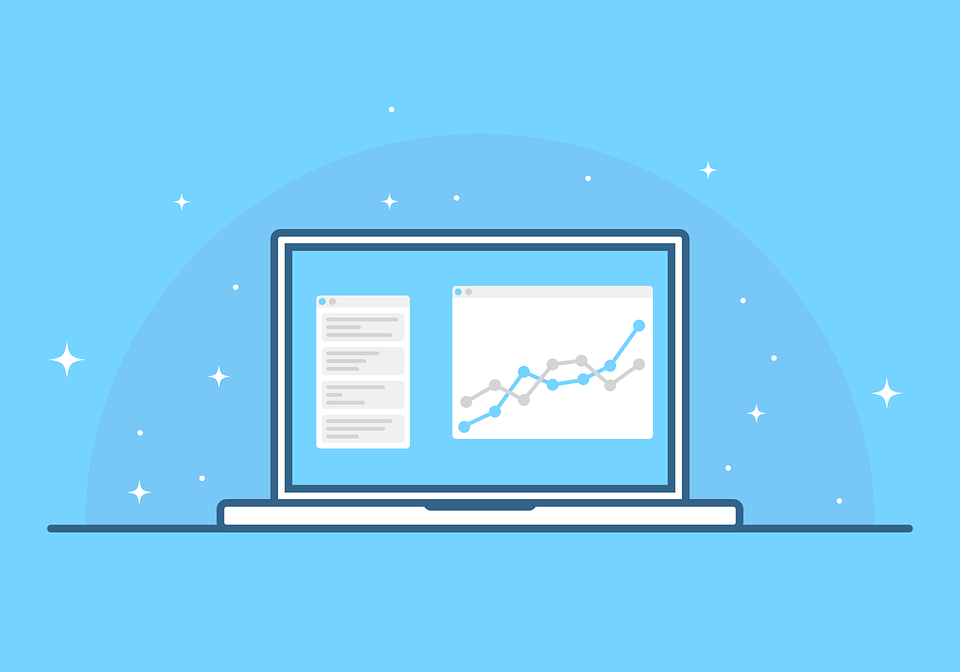Table of Contents
Many businesses have suffered devastating blows to their SERP positions in recent months – sites that were previously dominating their competition have now disappeared from the rankings and have lost the majority of their traffic.
And that’s not surprising.
With Google introducing new requirements and guidelines every few months, it can be tough to keep up and make sure that your website meets them.
However, if you want to keep getting traffic from Google and other search engines, or even more so if you’re going to improve your positions for the most competitive keywords, you must find a way to stay ahead of the constant changes.
Luckily, there are proven approaches for ensuring that your site stays on the good side of Google – by always taking a customer-first attitude and focusing on providing the best user experience possible, you can turn SEO into the best lead generation tool at your disposal.
To get you started, here are some of the most important SEO ranking factors that you need to pay attention to if you want your website to be competitive and visible on search engine results pages in 2024.
Page Loading Speed
Google prioritizes user experience above everything else, and page loading speed is a big part of it. According to a Google announcement from July, page speed will become an important ranking factor in the way that the search engine displays results on search pages.
And it’s not hard to see why.
We’ve all stumbled upon a slow-loading website at one point or another, and the most common reaction is to leave the site and go elsewhere to find the same info. Google also doesn’t want its users to have inconvenient and frustrating experiences when looking for answers, so it’s taking the necessary steps to prevent it.
But that’s not the only reason why you should try and improve your website loading speed.
Even if Google wasn’t punishing slow sites, you’d still need to provide the best possible experience for your visitors, and having to wait for a few seconds or more for a page to load is certainly not something you want to have.
Obviously, as far as rankings go, page loading speed alone isn’t going to get your site blacklisted, especially if you have top-quality content, but it is a contributing factor that might be just enough to prevent you from attaining one of the top spots on the results page.
But how can you improve your site’s loading speed?
Well, here are a few things that you can do:
- Make sure you choose the best web hosting provider and hosting plan for your needs and your business size. Don’t spend a fortune on a private server, but make sure that your connection is stable and that you don’t experience constant downtime.
- Switch to HTTP/2 from HTTP/1, if you haven’t already. HTTP/2 allows to format and transport of data between clients and servers more effectively which results in reduced latency and an improvement in overall site performance.
- Optimize your visual content. One of the most common reasons why websites load slowly is poorly optimized images and videos. Luckily, this is easily fixable – you can either resize the images yourself or, if you’re using WordPress, use one of its many plugins that offer this feature.
Content Quality

Google places more importance on the quality of your content than ever before, so if your articles and website pages are not up to par with Google’s requirements and what your competitors have to offer, it won’t matter how well your site is optimized or how many backlinks point to it.
Content plays a vital role in many aspects of SEO which make a difference in your rankings – if your content is weak, it’s likely that your website will have a high bounce rate and poor CTR. Both of these consequences are bad on their own, but they also serve as indicators to Google that your site’s content isn’t valuable to the reader.
You can’t expect to stuff your content with keywords and hope that it works out – Google’s sophisticated algorithm can detect keyword stuffing and is starting to punish websites that do it.
But how can you improve your content to make both Google & site visitors happy?
Well, here’s what you can implement as soon as today:
- Make it longer. One of the easiest and most surefire ways to improve your content is to make it longer. Numerous tests have shown that SERP position directly correlates with the length of the articles, so if you want those top positions, longer is almost always better.
- Provide in-depth information. Obviously, you shouldn’t just fluff up your articles without any additional value, but instead try to cover the subject in more depth, explore additional viewpoints, or just inject more information.
- Break up your content with bullets and numbered lists. If you make your content more convenient to consume by splitting it up with paragraphs, bullet lists and numbered lists, it makes your articles more user-friendly, and that’s something Google values as well.
- Avoid duplicate content. If you have similar or identical pages on your site, that can have a negative effect on your rankings and visibility. Google has always been firmly against automatically generated or duplicate content, so try to make all of your content unique, even if it covers a similar subject.
- Optimize your visual content. Most website owners have at least a basic understanding of optimizing their articles, but few know that it’s crucial to optimize your visual content as well. Add relevant information that search engines can recognize such as name, description, and captions. Having this info also acts as a signal of quality and shows that your content is informative and trustworthy.
Learn How to Write SEO-Friendly Content
Website Security

If your website isn’t secure for your visitors and customers, Google will make sure that it doesn’t appear anywhere near the top of the SERPs.
Your website is in constant danger from hackers, viruses, and other malicious attacks that want to steal sensitive information from you and your clients, so you need to be well prepared and get ahead of any potential risks before they have a chance to manifest.
But how can you protect your website?
Google recommends all webmasters to use an SSL or TLS protocol that allows to encrypt and secure all of the data that’s transferred between the server and the client. The system acts as a barrier that’s very difficult to penetrate and helps to protect your user data, as well as your own.
And this year, it’s no longer optional to have – websites that don’t have an SSL certificate are already marked as “not secure” on Google Chrome, and that will inevitably become an important factor in Google rankings in 2024.
Mobile-Friendly Design

Mobile-friendly websites are another area of running your site that Google takes very seriously – since more than half of the web’s users are already using mobile devices, it’s only natural that it’s no longer possible to get by with a static website that doesn’t adapt to different screen sizes.
On March 26th of this year, Google announced that they would be using mobile-first indexing, which means that Google will use the mobile version of the page for indexing and ranking, so if your page isn’t easy to use for mobile users, it will begin to be punished by search engines very soon.
And even if having a mobile-friendly site wasn’t as big of a deal for SEO (which it is), you’d still be missing out by a lot if you wouldn’t cater to what’s now the majority of internet users.
But how can you make your site more mobile-friendly?
Well, there are a few approaches you can take, but the most popular option is to design a responsive website. Basically, responsive web design can adapt to different screen sizes and resize images, navigation, design elements, and content to provide an easy-to-use and pleasant experience to users using both small and big screens.
Responsive design is considered to be the best practice by Google, and Google adapts its indexing and page scanning algorithms to recognize responsive web design quickly and reward it.
Here are just a few of the benefits that a responsive website can offer:
- Font size adapts to the screen, so there’s no need to zoom in or out.
- Auto-adjusts content so it’s displayed correctly on different devices.
- Links and navigation items are easy to see and click on.
- Everything fits perfectly on the screen, and the pages can be navigated up and down, with no need to scroll sideways.
- It uses mobile-friendly forms that are easy to fill out on a phone or tablet.
But a responsive website isn’t the only way to go if you want to provide the best experience for your mobile visitors.
Many businesses choose to implement a responsive design and also build a mobile app, which can help improve engagement levels and cater to the different preferences of your audience.
Google recognizes the value of mobile apps as well – since the recent Google updates that focused on making the web more mobile-friendly, apps have started to appear in organic SERPs, which means having an app can help your site get more exposure on Google and gain another slight edge over the competition.
Summary
The landscape of the internet and search engine optimization is changing rapidly – 2024 will require your marketing plan to have a customer-first approach and keep up with all the newest trends if you want to maintain and improve your rankings.
But if you’re willing to invest in making your user experience as seamless and convenient as possible, and make sure that you provide maximum value to your site’s visitors, there’s no reason why 2024 can’t become your best year for SEO as of yet.

Well written article.
Is multiple articles on same keyword help to rank result or a big article is enough?
Hello Darshan
I think a big article is more helpful because it becomes more relevant to the topic…
Hope it helps you 🙂